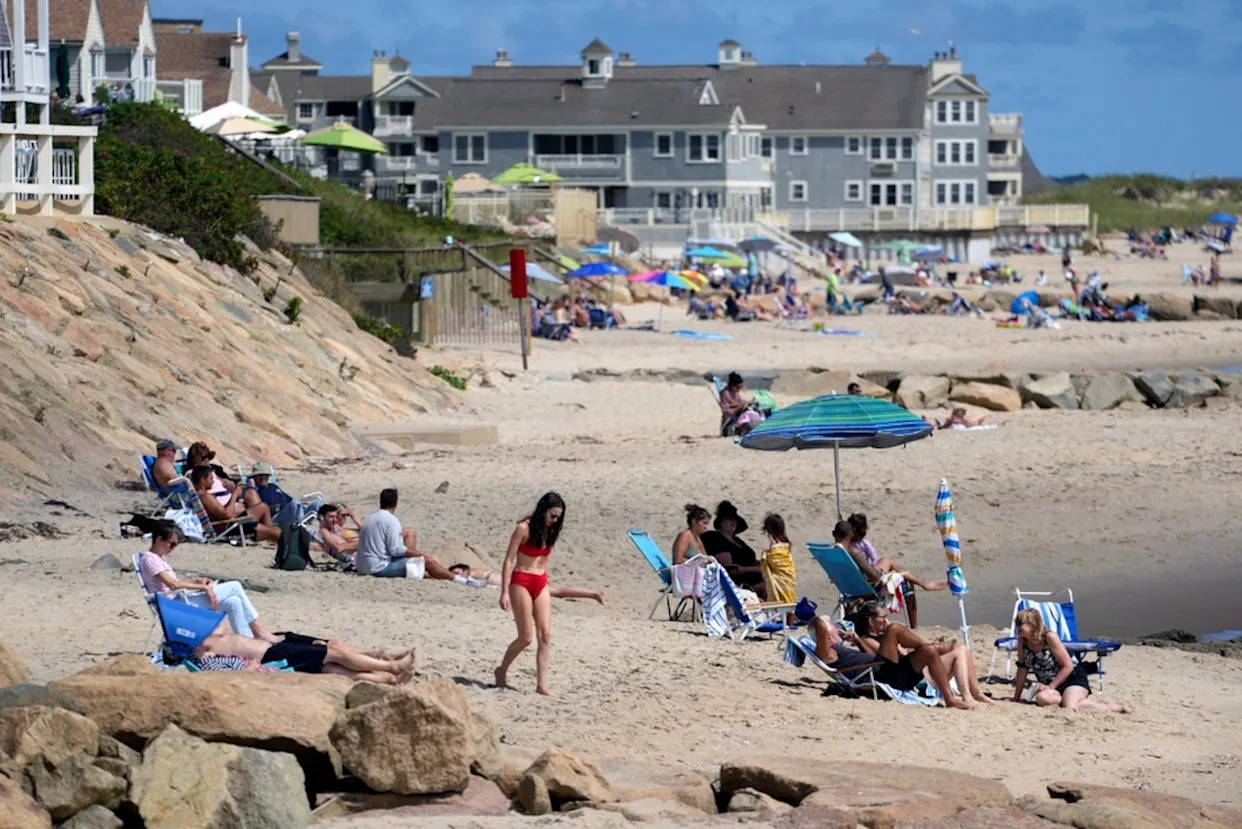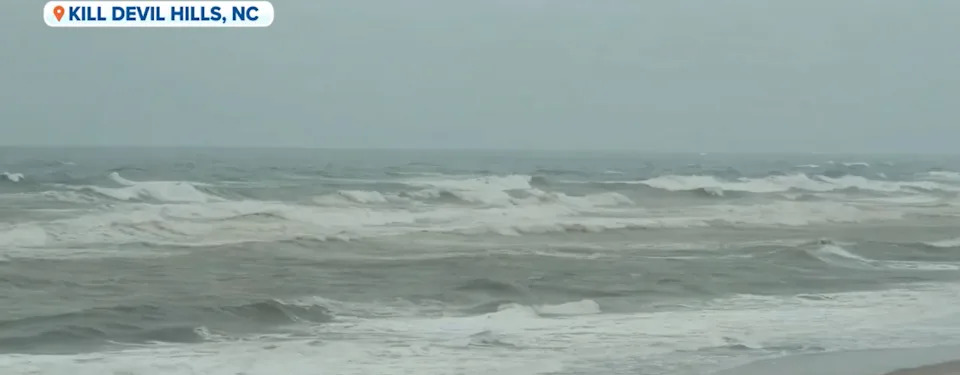
On what forecasters described as a spectacular summer day, residents of Massachusetts looking to hit the beach will have their options limited as nearly 50 beaches are closed across the Bay State.
In all, 48 beaches were closed as of around 11:30 a.m. Friday.
The closures spanned from Springfield to Boston to beaches on Cape Cod. Of the 48 beaches closed in the state as of Friday morning, a majority — 35 of the 48 — were attributed to an excess of bacteria in the water.
The remaining closures were largely attributed to harmful cyanobacteria blooms, save for the main beach at Walden Pond in Concord, which is closed for renovations all summer.
The state’s publicly available water quality dashboard is updated hourly every day, including weekends. More than 1,100 public and semi-public beaches in the state are regularly monitored.
And despite the closures, state officials say the beaches are still perfectly safe for recreational activities aside from swimming.
The full list of closures can be found below, or on the Department of Public Health website.
Why are beaches closed?
Bacteria in beach water can come from a variety of sources, including:
Stormwater (rain) run-off
Failing or malfunctioning septic systems
Combined and sanitary sewer overflows
Leaking sewer pipes
Illegal sewer hookups
Wildlife and pet waste
Agricultural runoff
In order to ensure beaches are safe for swimming, the DPH tests the waters anywhere from daily to monthly, depending on how likely the beach is to have water quality issues and its popularity.
If a beach is used often or is prone to water quality issues, then it’s tested more often and vice versa, the DPH wrote.
Beaches remain closed until laboratory analysis shows bacteria levels are within the acceptable range for safe swimming.
“Laboratory analysis for all beach samples takes approximately 24 hours,” according to the department’s website. “So it is common for a beach closure to last a day or two following an exceedance.”
What are the risks?
Swimming in beach water that has high levels of bacteria can be risky and can result in illnesses, including:
Gastrointestinal symptoms- nausea, vomiting, diarrhea and abdominal pain
Respiratory symptoms- sore throat, cough, runny nose and sneezing
Dermatological symptoms- skin rash and itching
Eye and ear symptoms- irritation, earache, itching
Flu-like symptoms- fever and chills
Therefore, it’s important to check for any warnings or beach closures indicating that the water could be unsafe. To do this, done check the weather, avoid swimming after heavy rain, watch for signs of water pollution like discolored, fast flowing and strong smelling water, do not swim near trash or litter floating in the water, avoid swallowing the water and swim in areas designated as “swim beaches.”
Although a beach could be posted, the public can still visit the location and take part in other activities that don’t involve contact with the water. This can include anything from playing sports like volleyball or frisbee to sunbathing or collecting seashells or sea glass, the DPH said.
The public can also do its part in helping to reduce contamination and pollution at the beach by:
Cleaning up after pets
Not feeding the birds as it encourages them to hang around the beaches, which increases fecal matter
Using public restrooms
Picking up and throwing away trash using public restrooms or properly disposing of it at home
Not entering the water when sick or feeling unwell
Changing diapers and putting plastic or rubber pants, known as swim diapers, on diapered children before they enter the water
Not dumping anything down storm drains, as water moving through these drains does not get treated at a wastewater facility and flows directly into lakes and streams
Avoiding the use of fertilizers and pesticides in yards since these chemicals can easily carry into the surface of waters during rain events and snowmelt
Use walkways and avoid walking on dunes to prevent erosion and preserve vegetation that filters out pollutants from runoff before they reach the beach
More details from the DPH can be found here.
More News
Read the original article on MassLive.







Comments